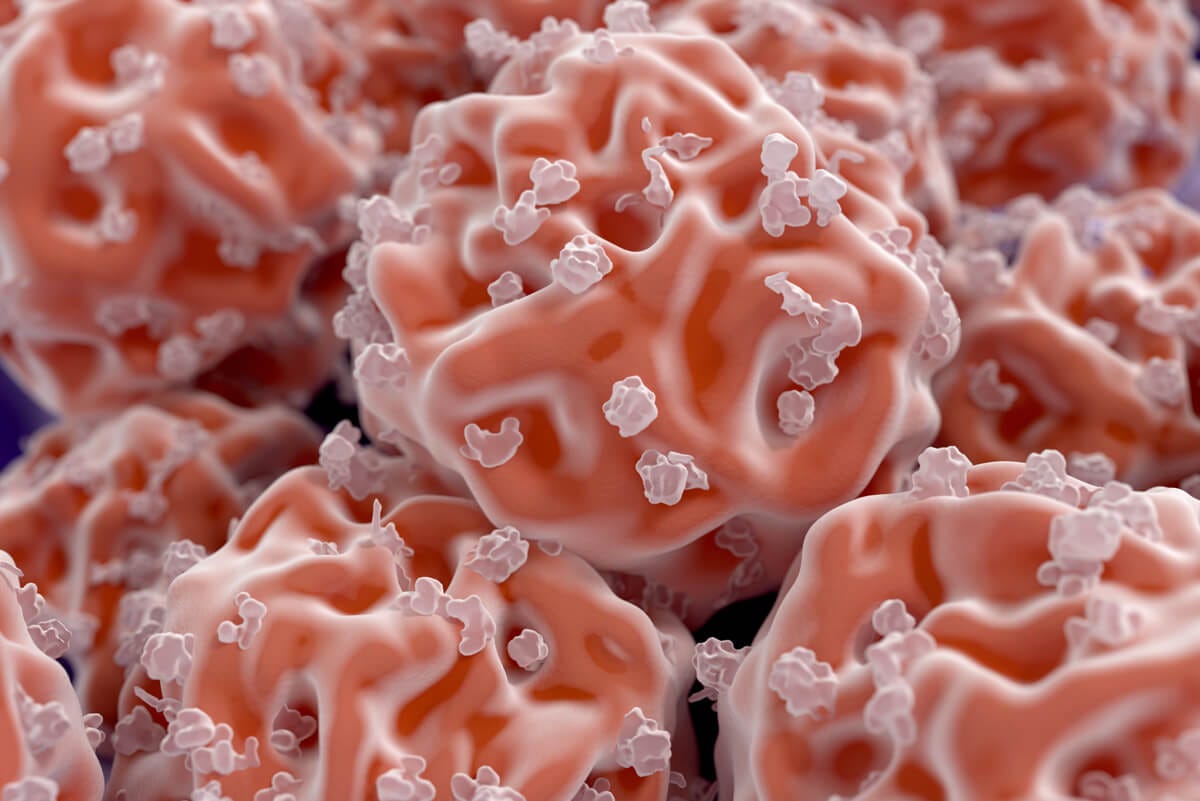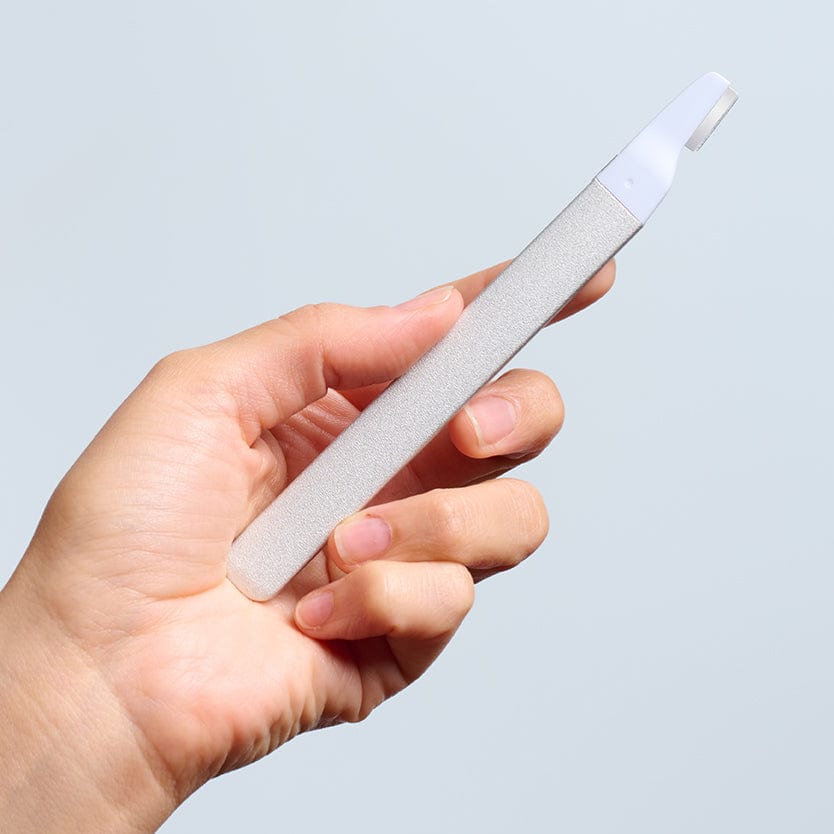Boosting Skin Repair With Stem Cells
Written by Kerry Benjamin

It might sound like something out of a spooky new science fiction movie, but stem cells in skincare are neither new nor scary. In fact, stem cells have been in the industry’s most effective formulas since 2008! Stem cells are quickly becoming so me of skincare’s most popular anti-aging ingredients because they boost collagen production and skin cell turnover—two major factors that slow as we age. When applied topically, they can help speed up the skin’s natural regeneration process,leaving your complexion smoother, softer, tighter, and more radiant.
What is a stem cell?
All multicellular organisms (plants, animals, humans) have stem cells. Stem cells are responsible for everything from your ability to heal after nicking yourself with a razor to a plant regenerating itself after having a flower plucked away. There are two main categories of stem cells in skincare—those derived from plants and those derived from human cells.
Plant Stem Cells
By and large, most stem cells in skincare are derived from plants. Plant stem cells are approximately 1000x more potent than simple botanical extracts. Rich in antioxidants that neutralize free radicals, plant stem cells never age, instead continuing to regenerate as time passes. When applied topically, plant stem cells help tighten, smooth and brighten the skin. Commonly used plant stem cells include edelweiss, raspberry and rose. My favorite is swiss apple stem cell,which you can find in my PSC Peptide Serum. Derived from a rare apple with a seriously unbelievable shelf life, swiss apple stem cells help soften wrinkles and lines while assisting in skin repair.
Human Stem Cells
While still relatively unusual, some skincare companies have started using human stem cells. These companies use stem cells from unfertilized human eggs—NOT fertilized embryos. When applied topically, human stem cells can help reactivate the naturally occurring stem cells in your skin, helping to slow the aging process while repairing visible wrinkles and lines.
If you’re concerned about the internal side effects of stem cells, keep in mind that unlike injectable treatments, topical products do not reach the dermis, where blood vessels are located. However, as with all topical products, there is some risk of allergic reaction like redness and irritation with stem cell skincare. Always conduct a patch test before applying stem cell skin care to your face.
Questions about stem cell skin treatment? Shoot me a message in the comments section below. Eager for more skincare knowledge? Sign up for my email updates to stay on top of the latest trends!
About the Author

Kerry Benjamin, a licensed aesthetician, has over 14 years of experience. Kerry is the driving force behind StackedSkincare. As the company's CEO, Kerry has dedicated her career to revolutionizing skincare. Her innovative approach combines peels, serums, and specialized tools to effectively address a wide range of skin concerns. CA LE license number Z98459.

